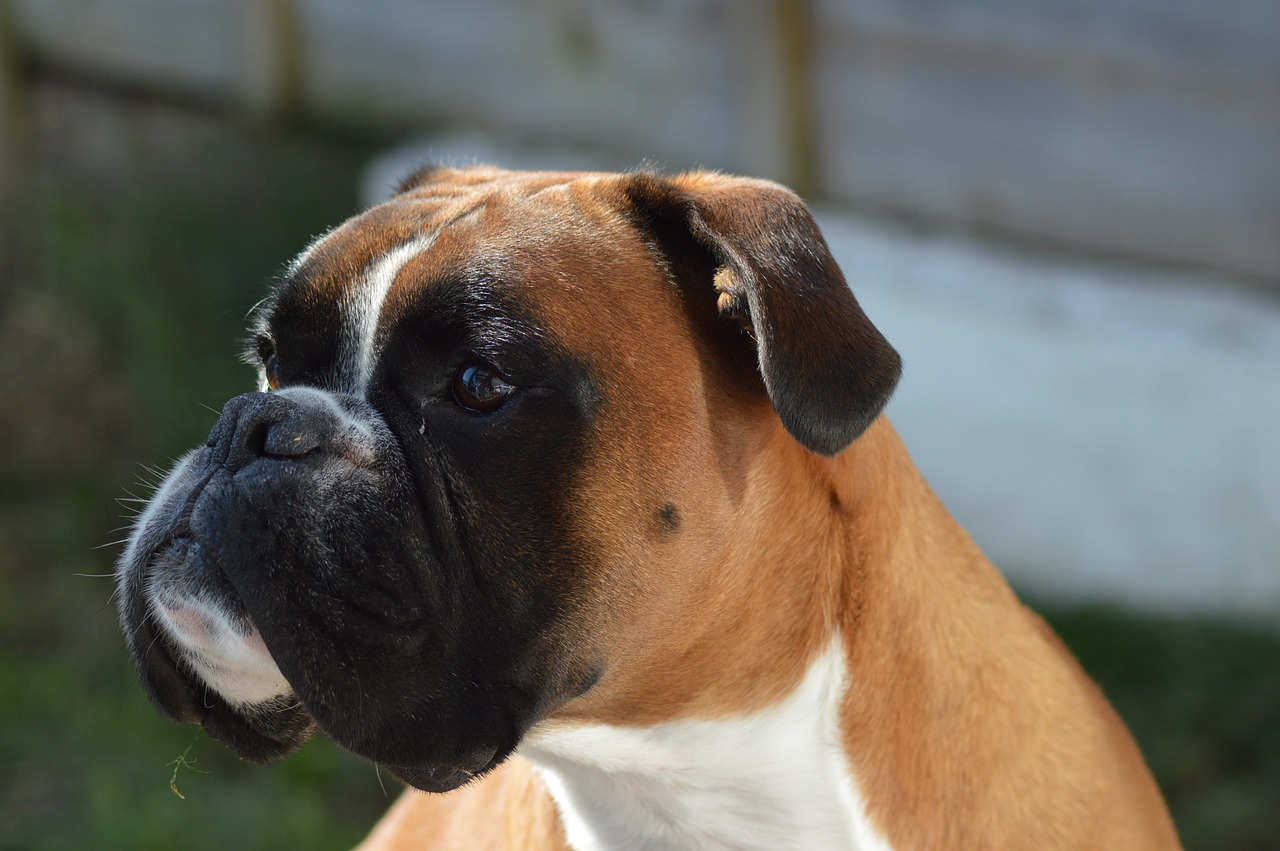Crate training is one of the most paws-itive processes you can introduce to your boxer puppy – here’s why…

Boxer dogs may not be as popular as labrador retrievers, poodles, and dachshunds - but they’re still in the top 20 most popular dog breeds in the US, according to the American Kennel Club.
And of all the pups from all the breeds in all the world, boxer puppies are some of the most frenetic and hilarious little cuties. Their affectionate, "how can I please you" faces and good-natured dispositions make them a wonderful member of any household. One of the first things you can do to help your boxer puppy develop healthy habits at home is to introduce crate training early.
And Itchy Boxer has tips and strategies that can help with that…
Your puppy's crate should become their zen space - their own little pup cave that keeps them safe, secure, calm, and content. This is especially true for, but not limited to, busy households with young children, homes with other dogs, and homes with frequent visitors.
Known for their intelligence, high energy, and headstrong nature, boxers benefit from crate training in all sorts of ways - they will be less likely to housebreak and whine, plus it can also alleviate separation anxiety.
Once your boxer puppy gets used to the crate, they will feel safe and comfy in it - whether at home or when traveling.
As descendants of wolves, all dogs are den animals that naturally crave dark, snug places. To adapt to a crate, however, your pup must be conditioned slowly and positively with treats and lots of praise.
Boxers have an especially strong attachment to their owners, which can develop into separation anxiety if not addressed and calmed early. Proper crate training helps the puppy associate their crate with a safe place they can escape to when feeling overwhelmed, agitated, or irritated. When they're in their little canine condos, that natural, protective den-like feeling helps soothe their anxiety, helping them relax and potentially even catch some Z's when you're out.
This is where the right crate size is important.
The right size will depend on age - so for a pup (8 to 12 weeks) a 24-inch crate would be the best fit. Once they grow up a bit (3 to 6 months), upgrade to a 30-inch crate - and for an adult dog (6 months and up), choose a 36 to 42-inch crate.
Also, consider the benefits of plastic vs. write crates - and whichever you choose, create a comfortable space for your pupper with a soft bed, chew toys, and access to water.
The door to the pup's crate door should be left open during training so they can roam freely. And remember to reward your puppy each time they enter their crate to reinforce the positive associations you're working to develop.
Placing your puppy's crate in an appropriate location is also integral to training success. Sometimes this means moving the crate to the bedroom at night and back into common areas during the day.
When it comes to fostering positive habits in your puppy, crate training is a great place to start.
This content is provided in partnership with Itchy Boxer and is intended for informational purposes only. The views, opinions, and advice expressed in this article are solely those of Itchy Boxer and do not necessarily reflect the views or policies of any other individual, organization, or entity.
